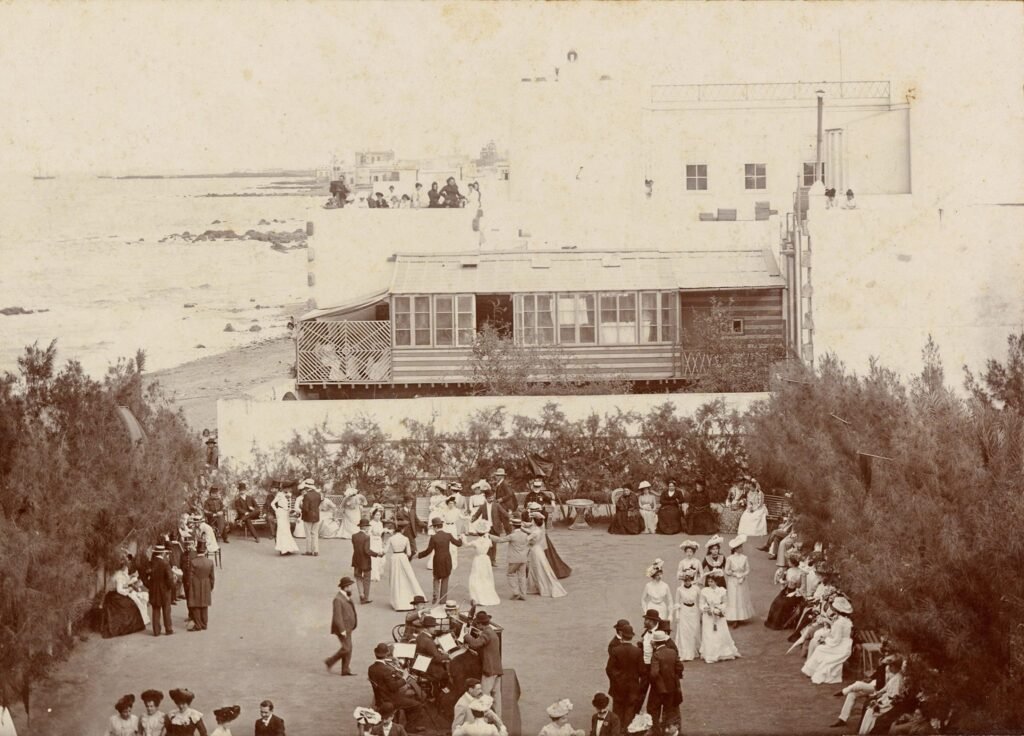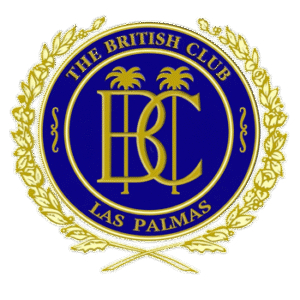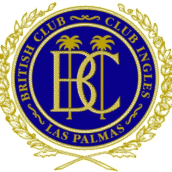About Us
History
A brief history of
The British Club
Las Palmas de
Gran Canaria
The small, but steadily growing, community of merchants from the British Isles in Gran Canaria from the first half of the 19th century received a huge boost when, in 1883, the contract for work to build the first sheltered harbour in Las Palmas, was obtained by the British firm, Swanston. This was destined to bring about not only an increase in port traffic, and import and export trade, but new firms and an influx of key workers who settled in Las Palmas with their families.
More than one attempt was made to found a social club for the resident British, but none took root until, in October of 1908, a group of 36 residents held a meeting to discuss this venture at the premises of the Grand Canary Coaling Company, finally deciding to provide the necessary funding for its commencement at premises rented from the Hotel Rayo near Santa Catalina park.
Once it was properly constituted, with the British Vice-Consul Major Peter Swanston (relative of the well-known merchant James Swanston who had arrived in Gran Canaria in 1812 and locally known as Periquito), as President, and 57 members, not only British men but also those of other nationalities, it started to function as a place to meet and to hold events.
Just a few years later the conclusion was reached that the location was unsuitable and after renting a different property for a short time, the management of the firm of Elder Dempster (Canary Islands) Ltd, proposed a property next to the Hotel Metropole, known as the Brown house, built in 1902 for a rich Scottish distiller Robert Brown whose son Thomas Mitchell Brown had been struck down with tuberculosis the following year. With his son´s death the owner lost all interest in the property, which was taken on by Elder’s. Thus, on 1st January 1912 the Club moved to its new home, which was rented for many years until its purchase, finally, in 1933, where it has remained ever since.
Though ladies were admitted as members to the new premises, their access was restricted for decades to the ground floor thus avoiding their presence in the bar and billiard room. Contemporary photos showing small groups of women sitting chatting and smoking placidly on the steps that in those days gave onto a small beach, seem to suggest that they were not unduly concerned at this.
Many were the distinguished persons who visited the Club in the early years: the Duke and Duchess of York, later King George VI and Queen Elizabeth; Agatha Christie; Charles Lindbergh; General Primo de Rivera, the famous soprano Eva Turner, to name but a few.
The Club always had good, loyal Canary Island staff, some of whom remained through thick and thin for almost their entire working lives, such as the well-loved Manolo, despite the difficulties of the war years, scarcity and financial problems. The number of Britons resident in the city decreased in the latter part of the 20th century as the south of the island opened up to tourism so that nowadays Spanish and other members far outnumber the British.
Important dates from the British calendar continue to be celebrated with typical events: Burns’ night or St Patrick’s Day dinners for example, or a St George’s Day pub quiz.
Please feel free to browse for further information on the site.


